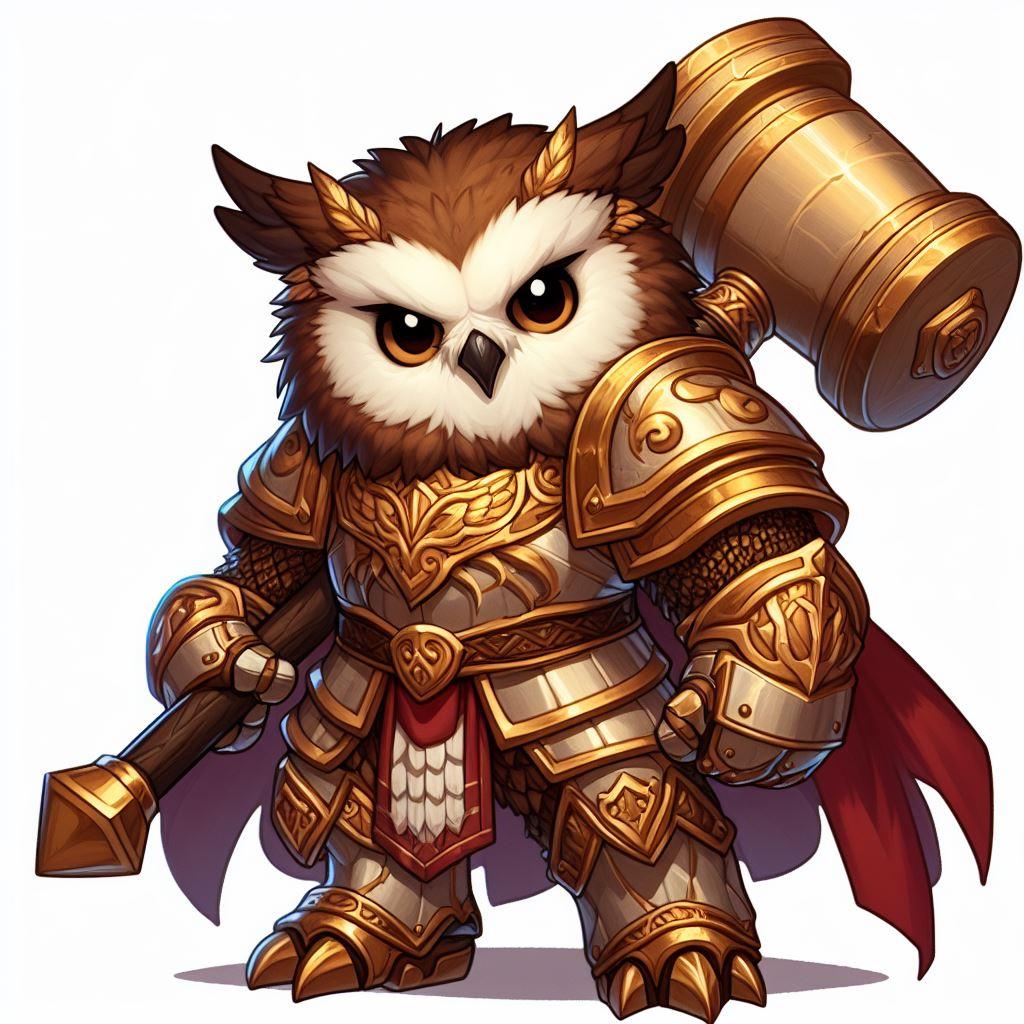Hey there, fans of all things small and mighty! Welcome back to our chibi extravaganza. In this second installment of our four-part series, we’re diving headfirst into the history of chibi. So, buckle up as we shrink down and explore how these tiny titans evolved from their humble manga beginnings to become the colossal icons of cuteness they are today!
The Tezuka Touch
Our story begins with the ‘God of Manga’ himself, Osamu Tezuka. While his early characters like Astro Boy weren’t chibi in the strictest sense, they had certain… let’s say, ‘chibi-esque’ qualities that laid the foundation for what was to come. Big eyes? Check. Expressive faces? Double-check. These features would become the building blocks of the chibi style.
The Rise of the Super Deformed
Fast forward to the 1980s, and the anime world witnesses the rise of ‘Super Deformed’ (SD) characters. These chibi precursors were often used for comedic effect, popping up to deliver a punchline or to add a dash of whimsy to a scene. It was the era of big hair, big shoulders, and even bigger heads!
Chibi-Usa and the Sailor Moon Boom
Enter Chibi-Usa, the pint-sized powerhouse from ‘Sailor Moon.’ With her arrival, chibi characters took on a more central role in anime narratives. No longer just comic relief, they became integral to the story, capturing hearts with their diminutive charm.
The 90s and Beyond: Chibi Goes Mainstream
The 1990s saw an explosion of chibi across various anime genres. From the action-packed panels of shonen to the heartwarming scenes of shojo, chibi art became a go-to for conveying emotions and expressions in a playful way. And as we stepped into the new millennium, chibi wasn’t just a style anymore—it was a genre all its own.
Chibi Today: From Anime to the World
Today, chibi is a global phenomenon. It’s not just confined to anime and manga; it’s in video games, mobile apps, and even social media stickers. The style’s simplicity and expressiveness make it perfect for fan art and merchandise, allowing fans to interact with their favorite characters in adorable new ways.
In Conclusion: The Little Style That Could
As we wrap up this historical tour, it’s clear that chibi has come a long way. From Tezuka’s trailblazing designs to the modern chibi that adorns everything from t-shirts to Twitter, this style has proven that good things—nay, great things—come in small packages.
So, stay tuned for our next article, where we’ll dissect the various styles of chibi. Until then, keep embracing the tiny, because in the world of chibi, size definitely doesn’t matter!
This article is a fan-made celebration of the chibi style’s rich history and enduring appeal. For the most accurate and up-to-date information, always check the official sources.
